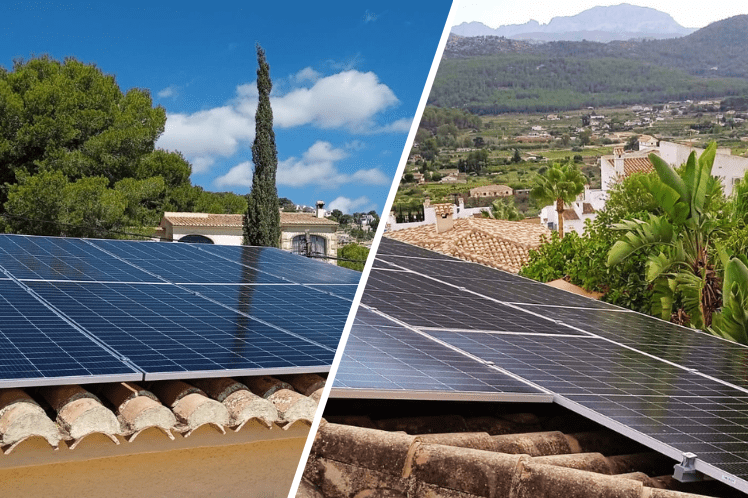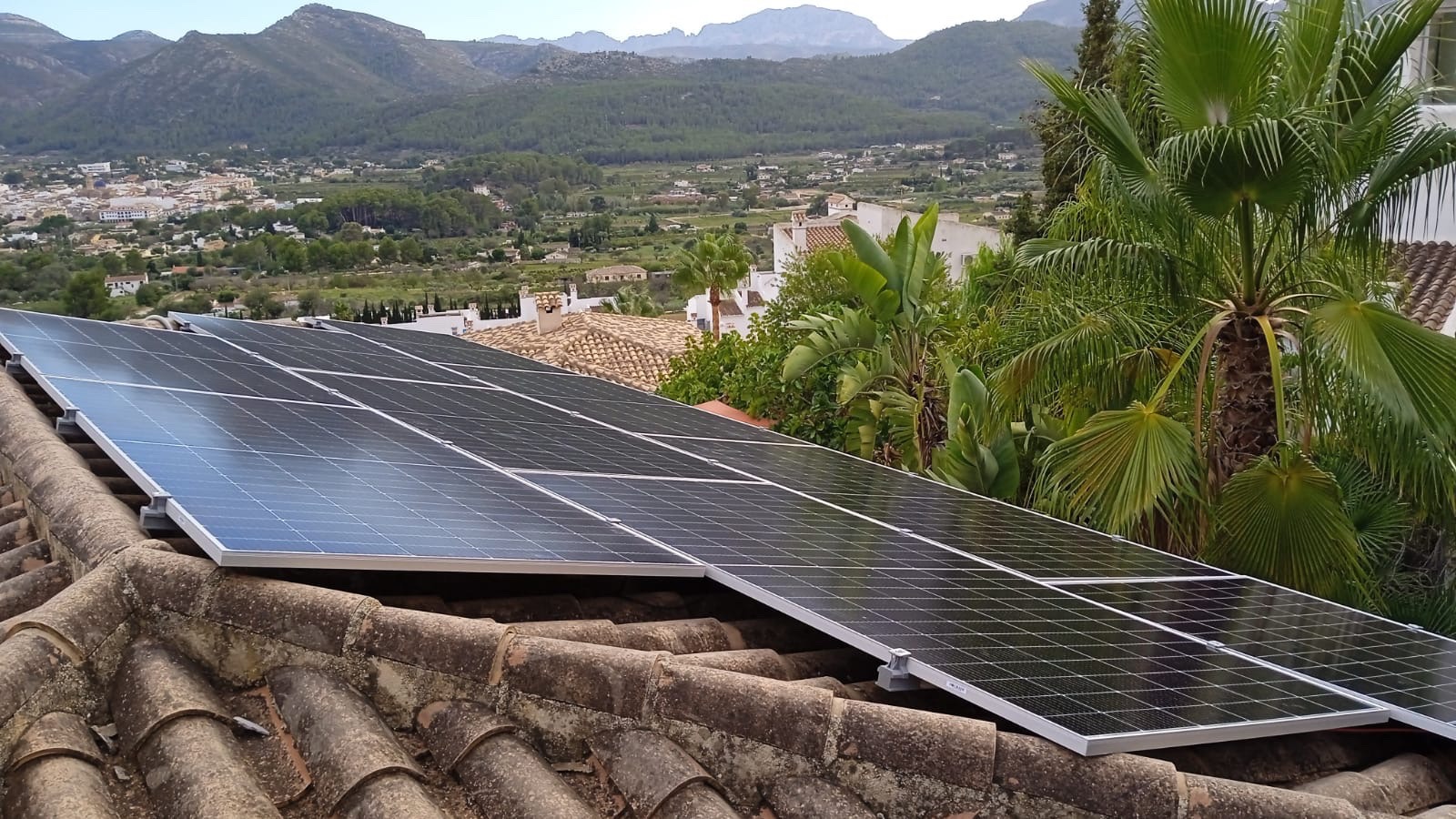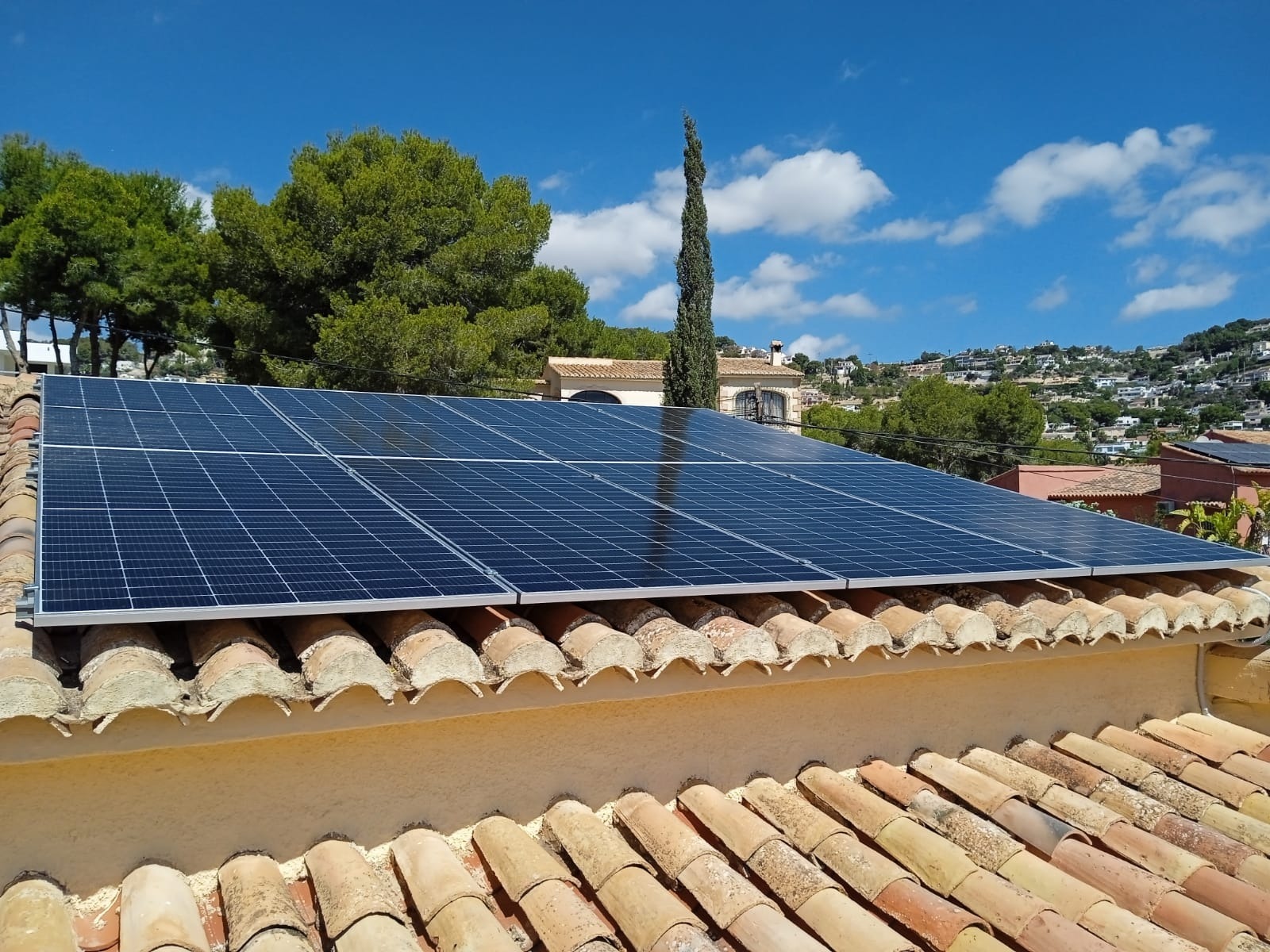Exploring System Orientations

The Right Choice For You!
Choosing the correct orientation for your solar energy system requires a thoughtful evaluation of your specific location, the available space, and the type of roof you have. Factors such as local weather patterns, shade from nearby structures, and your energy needs all come into play when determining whether landscape or portrait orientation is more suitable.
In addition to improving energy efficiency, the orientation and layout of solar panels can also greatly influence the aesthetic impact of a solar energy system on your property. Whether you opt for the vast alignment of landscape orientation or the sleek, compact look of portrait, the key is to find a balance between functionality and design.
1. Landscape Orientation
In landscape orientation, solar panels are installed horizontally, which can be particularly beneficial in certain scenarios. This layout is often employed in vast areas where there is ample space available. Landscape installation is particularly advantageous for large-scale solar farms or commercial properties, allowing for more panels to be installed side by side, maximizing sunlight capture during the day.
Benefits of Landscape Orientation:
- Enhanced Performance in Certain Conditions: Panels oriented in landscape can capture sunlight effectively during morning and late afternoon hours.
- Flexible Integration: Ideal for wide roof structures or ground-mounted systems in expansive fields.
However, this layout requires careful consideration regarding shading; if trees or nearby buildings obstruct sunlight, it may hinder the performance of landscape-oriented panels.

2. Portrait Orientation
In contrast, portrait orientation is when panels are installed vertically. This layout typically results in a smaller footprint and can be more efficient in capturing sunlight during peak hours, especially when panels are placed on roofs that have limited space.
Benefits of Portrait Orientation:
- Ideal for Tight Spaces: Works well on residential rooftops or urban settings where space is at a premium.
- Increased Output During Peak Sunlight: Portrait panels can often capture more light during midday when the sun is high, potentially increasing energy generation.
However, portrait orientation can be limited in terms of the total number of panels that can be installed in a given area compared to landscape orientation.

By understanding and evaluating these layouts, you can make an informed decision that ensures your solar energy system meets your energy needs. Taking the time to choose the right orientation will maximize the benefits of solar technology in our fight against climate change.
With our expertise and advanced tools like our software program we can determining the optimal angle and positioning for your solar panels, ensuring maximum efficiency and energy savings. We can therefor deliver quicky and easy customized solutions for our clients.
